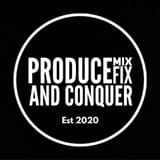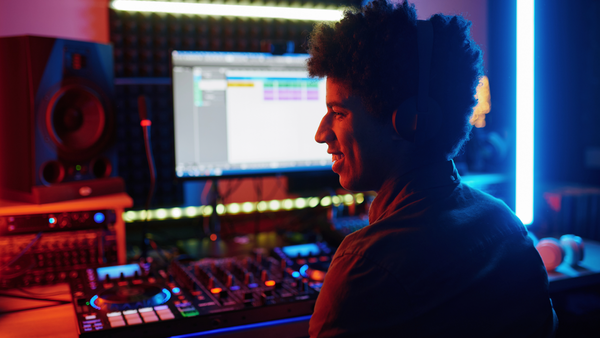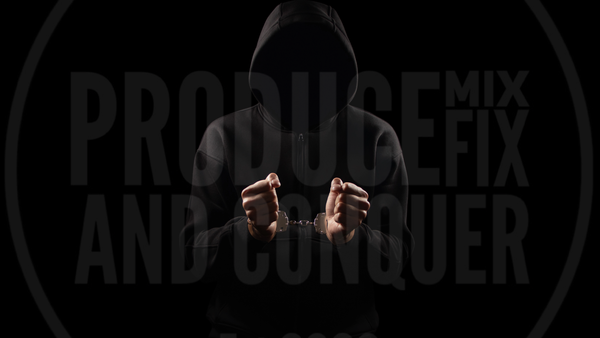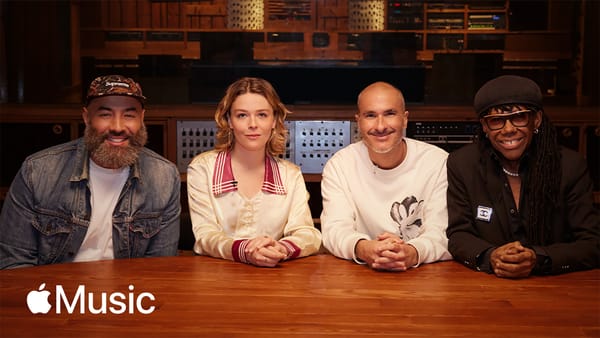Fix It In Pre - By Ryan Sutton
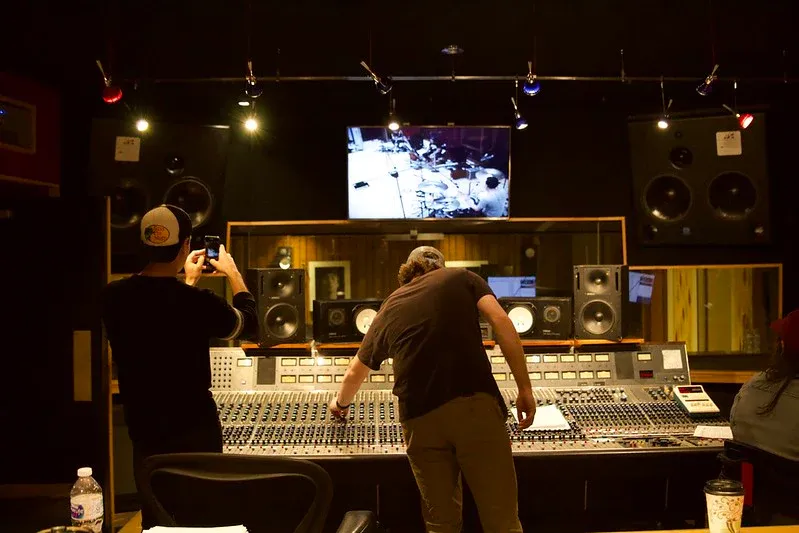
Over the past several years, the notion of “fixing it in the mix” has become pretty ubiquitous across the field of music production. Basically, what this amounts to is kicking the proverbial decision-making “can” down the road.

(Photo by The Blackbird Academy)
The “fix it in the mix” mindset presents itself in many areas. For instance, not taking the time to pick the right snare because “the mixer is just going to replace it with samples anyways” (if they’re good, they won’t), not making sure a multi-mic setup (i.e., drums or amplifiers) has the best polarity and phase relationships possible, using amp simulators (Guitar Rig, STL Tones, etc.) and not printing the final sound BEFORE it is sent to be mixed, and lastly, not printing virtual instruments to audio tracks. These are just a few examples of kicking the production can down the road.
The Illusion of Ultimate Flexibility:
Yes, I know that by NOT doing some of these things, you can continue to have ultimate flexibility for as long as possible. The concept of never-ending flexibility extends all the way to mastering with the technique of stem mastering, which I personally loathe the idea of. That’s why I’m such a big proponent of putting quite a bit of focus on pre-production. This is the time to throw all the spaghetti at the wall and see what sticks. Sometimes stuff can be so good during this phase that it winds up in the final master.
Creating a Pre-Production Track: Step by Step

(Photo by The Blackbird Academy)
I’ll let you, the reader, into my brain with some broad concepts to show how I go about creating a pre-production track. Get a rough recording of the song from the artist. This can be as simple as an iPhone recording. Import that file into your DAW and make sure the timing and tempo of the track feel good. I work in Pro Tools and use Elastic Audio to lock it to the grid. Once I feel like I’m close to the tempo, I’ll start creating a really basic MIDI programmed drum part to get the rhythmic ball rolling. There are many drum libraries that are good for this like Steven Slate Drums, Superior Drummer, or Addictive Drums. After a basic drum part is down, I’ll start to embellish it with things like fills, ghost notes on the snare, and different hi-hat expressions.
Next is bass. I usually use something like the Scarbee libraries from Native Instruments. Keeping the drums and bass in the MIDI realm helps me anchor the bottom end while still leaving 100% flexibility for key changes, tempo changes, or even chord changes. After the programmed drums and bass are down, the rest is more genre-specific.
But for me, it’s usually a tambourine or shaker, a couple of acoustic guitars, a couple of electric guitars, some keys, lead vocal, and a basic harmony vocal, sometimes created by duplicating the lead vocal track and moving notes around in Melodyne. I’ll add some FX channels as well. Typically those are just a basic plate reverb, short room reverb, slap delay, and 1/4 or 1/8 note delay. Lastly, I’ll route everything to a master fader with a touch of “schmutz” on it just to make the track feel like it has some squeeze and to bring up the overall level.
Collaborating with a Band in Pre-Production

(Photo By The Blackbird Academy)
Currently, I’m working with a band that has gotten really good at their own pre-production and writing demos that by the time they send me the DAW session they’ve created, they’re already so far down the road with ideas that my job becomes less track “creation” and more track “honing and tightening” where I focus more on the specifics of the arrangement. I personally love this kind of collaboration. The band or artist tends to like it more as well because they feel like they can really flush out their ideas before even sending it to me. This isn’t to say that I don’t have my own thoughts and sometimes those can wind up steering the song in a different direction than the band thought. Other times, they hit the nail right on the head and we just proceed based on what they’ve created.
The Benefits of Proper Pre-Production

While all of this may seem like a lot, it really isn’t. The benefits of taking the necessary time to dig deep, explore, and find where you want to go with a production are so important. And like most things, the more you do it, the better and faster you’ll get at it. I guess the point I’m ultimately trying to hit home is to explore and make creative decisions when there’s little to no risk. If you do this right, you’ll have way more confidence with the direction of the project when real money starts getting spent on the master production.

